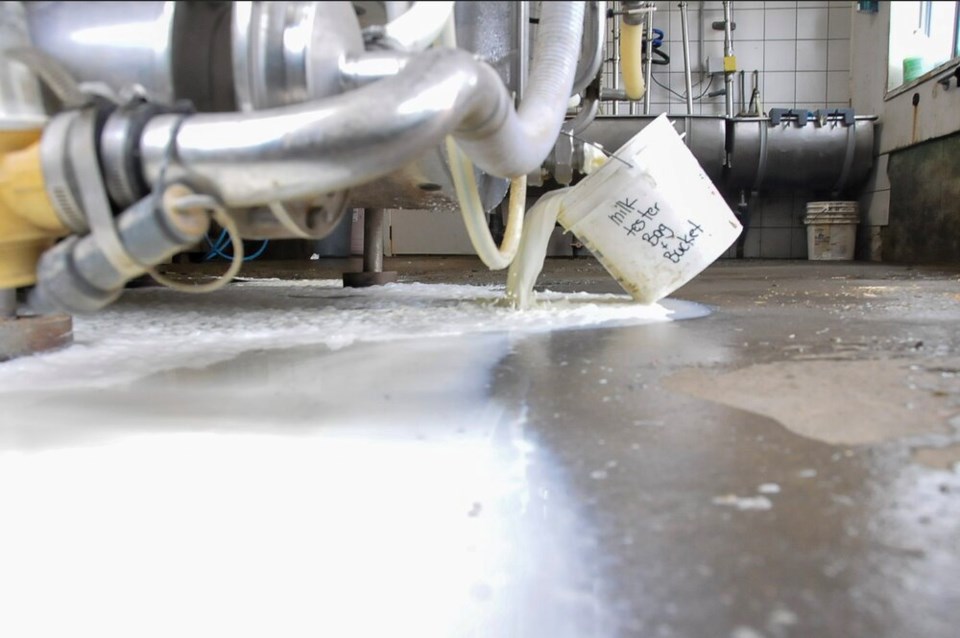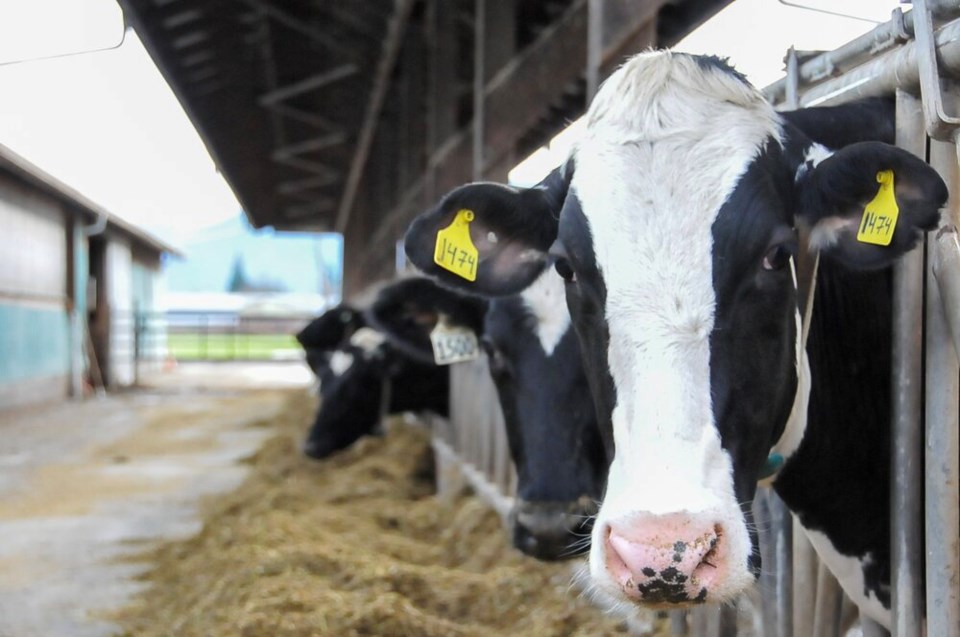Canada’s dairy industry discarded enough milk to have fed 11 per cent of the country’s population every year for more than a decade, a new study has found.
The research, published in the journal Ecological Economics, found somewhere between 6.8 billion and 10 billion litres of milk “vanished” from Canadian farms since 2012. At the low end, that’s enough to supply 4.2 million people annually.
Retail value of the wasted milk was estimated at $6.7 billion. The authors also estimate production of the milk led to the release of 8.4 million tonnes of greenhouse gases, equivalent to the emissions produced by about 350,000 gas-powered passenger vehicles driven for a year.
Jacques Lefebvre, CEO of Dairy Farmers of Canada, said in a statement that many of the conclusions in the study are based on “estimates” rather than “robust data.” He said milk surpluses were often linked to supply chain issues, and that the report’s findings require independent validation.
“Milk disposal is not a unique issue to Canada,” said Lefebvre.“Milk is disposed only as a last resort after exploring all other alternatives. This is done in accordance with regulations and the costs are borne by the dairy farmers.”
The study says milk quotas have not properly adjusted to the changing diet of many Canadians — some of whom drink less or no milk in favour of plant-based alternatives.
The authors also acknowledge that it’s difficult to know how much to blame Canada’s dairy supply management system for overproduction, and how much can be attributed to changes in farming practices and shifts in consumer preferences.
“Farmers discard milk for a variety of reasons, such as low market demand, limited processor capacity, presence of antibiotic residues, or damaged farm infrastructure,” they write.

Over the years, the level of discarded milk has fallen, something the authors attribute to “a combination of improved farm management practices, advancements in dairy processing technologies, stricter adherence to regulatory standards, and better supply chain coordination.”
“Enhanced farming techniques have allowed for more precise control over milk production, closely matching it with market demand and reducing excess,” they add.
Many of the problems that lead to overproduction are not unique to Canada’s dairy sector. But compared to the U.S. and several European countries, wastage in Canada is still significantly higher, the study says.
The study suggests the Canadian Dairy Commission Act should be updated to phase out the legal practice of discarding milk that meets food safety standards.
Other recommended measures include increasing transparency in milk production to identify and eliminate inefficiencies; revising dairy quotas to better align with consumer preferences; and penalizing overproduction.




